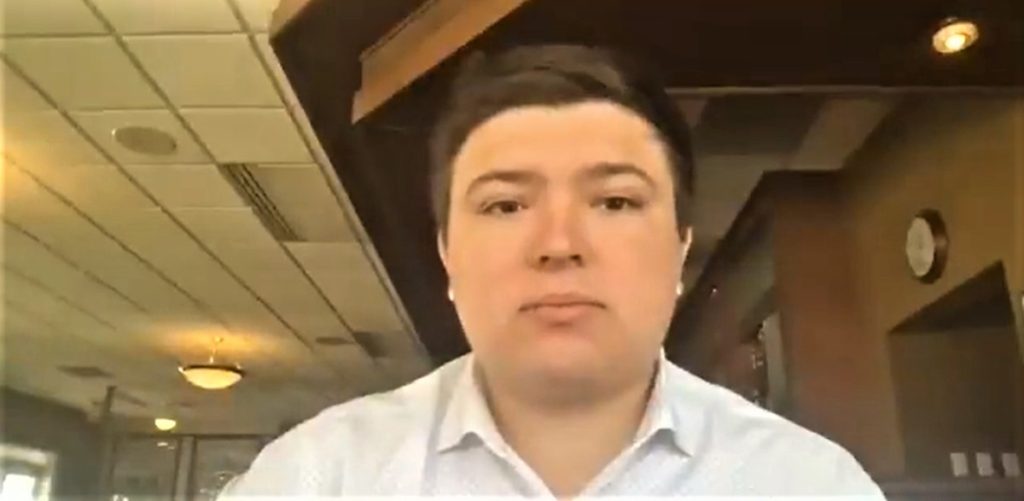
HB613 Native American Voting Rights Act
by Christian HustadBuffalo’s Fire Correspondent
Voting rights activists vow to revive a bill to improve election participation on the state’s seven Indian reservations. The bill that would have provided more polling places for voters in remote tribal areas died in Montana’s current legislative session.
The House of Representatives passed HB613 in its first two floor votes. The Senate planned to entertain the proposal on April 26. However, it failed, 51-48, in its third and final House floor vote, so it never moved to the upper chamber.The bill to support Native American voting rights and “generally revise laws related to tribal voting” prescribed the addition of at least two full-service polling places on each reservation, to be located at tribal governments’ discretion.
At a hearing, witnesses told primary sponsor Rep. Sharon Stewart-Peregoy that most Montana tribes are willing to pay for the additional polling places. Stewart-Peregoy, who hails from Crow Agency, couldn’t be reached for comments.
However, Keaton Sunchild, political director for Western Native Voice, told Buffalo’s Fire that opponents cited cost as a sticking point. They whittled it down with an amendment to limit each tribe to just one additional polling place. Still, he observed, “We also heard from opponents that we already got what we wanted in the 2020 elections, which had the highest turnout of American Indian voters.”
If indeed turnout increased – at 66 percent, “We’d like to see at least 70 percent in future elections,” he said.
Lawmakers “often don’t understand the consequences for Native people.”
-Western Native Voice Political Director Keaton Sunchild, regarding lawmakers decision-making.

More than 32 percent of American Indians have reported that the distance they must travel to polls can prevent them from voting, according to a 2017 study for election reform in the neighboring state of South Dakota. Such barriers cause genuine apathy in Native communities, he said.
Even once they reach the polls, they often encounter officials who refuse to accept tribal identification cards and deny them access to the voting booth, he said. The turnout rate among Native registered voters is 1-10 percentage points lower than the rate of other racial and ethnic groups, according to the National Congress of American Indians.
Sunchild said that a decline in turnout is likely in next year’s voting. Western Native Voice plans to analyze data from the elections in 2022. Following analysis, they will tweak the proposal and revive it in the following legislature of 2023, he said. The Montana Legislature meets for 90 days every odd-numbered year.
Another big hurdle to equal voter access in Indian country is the lack of formal addresses, especially among rural residents. North Dakota state settled a related lawsuit on April 24, 2020. In it, the Spirit Lake Nation and the Standing Rock Sioux Tribe claimed voter ID law placed undue hardship on tribal members who lack regular street locaters. The agreement provides that Native American voters can pinpoint their residences on maps at the polls or when applying for absentee ballots.
Christian Hustad is an Assiniboine content creator; you can contact him at cjhustad.94@gmail.com


